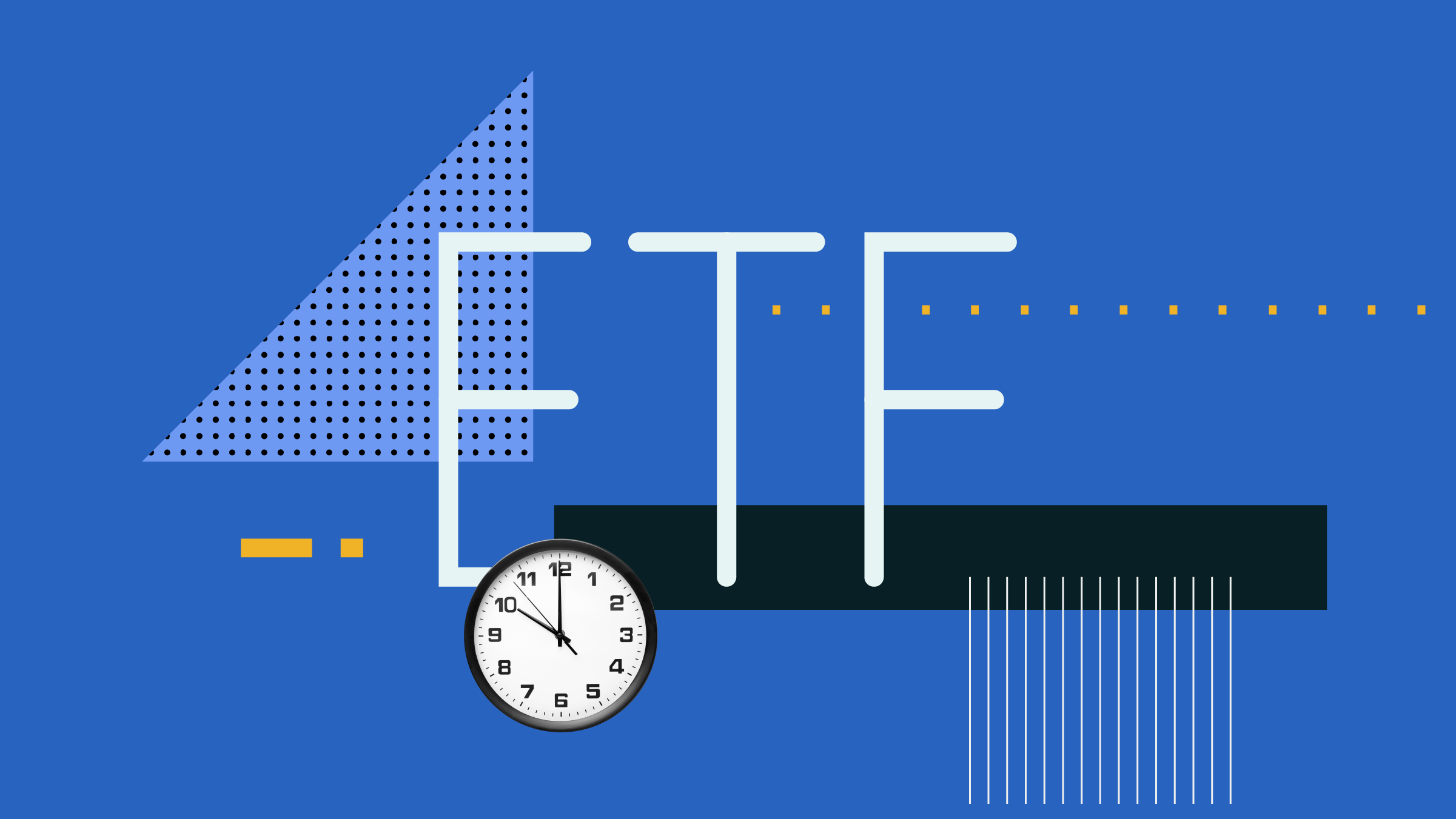
This article was originally published Oct. 25, 2024.
Many Canadians begin to wind down their careers during their 60s. Even if you intend to keep working for another decade or two, at this stage, it’s important to review your savings strategies and compare your tax situations now and after retirement.
A key element of this process is reviewing your registered retirement savings plan and deciding to what extent it’s worth continuing to contribute until the plan collapses as is mandatory at age 71. No one answer suits everyone. For some, adding to an RRSP may no longer be the best strategy. From a long-term taxation standpoint, it may even be worth beginning to transfer those assets to a taxable account early. For others, it may be worth contributing as much as possible.
An RRSP must be converted to a registered retirement income fund or registered annuity by the end of the year in which the account holder turns 71. Savings remain invested in the RRIF or annuity and are taxed as withdrawals are made, theoretically at a lower rate than during one’s higher-income working years.
If your post-retirement income will likely be less than what you earn during your final working years, it probably makes sense to keep contributing as much as possible to your RRSP. This increases savings both through new contributions and continuing tax deferral. As a result, you will probably pay less tax on the proceeds after retirement because you’ll be in a lower tax bracket.
You may even want to continue contributing to a spousal RRSP after age 71 if your spouse is younger and still eligible. However, if you expect your income after age 71 will be higher than it is now, it may be worth it to gradually withdraw funds from your RRSP and pay the tax now.
A higher post-retirement tax liability could be in the cards if you are now working part-time, have built a large RRSP portfolio, and/or expect a sizable inheritance or other windfall. If your current income is relatively low, the deduction from making an RRSP contribution won’t be worth much, and you’ll still have to pay tax on the eventual proceeds at your marginal tax rate.
Contributing to an RRSP Now, Deducting Later
You can make an RRSP contribution now but delay claiming the deduction—presumably until your income is higher and the deduction will be more valuable.
Unclaimed RRSP contributions can be carried forward indefinitely, and they can therefore be used in the future (even after age 71) to reduce taxable income. If your income decreases during the years preceding retirement, this will reduce the new RRSP contribution room created each year. In such a situation, experts suggest reducing the size of the RRSP before it is converted to an RRIF. From an estate-planning perspective, carrying forward a large RRSP balance can have negative consequences, since the full RRSP or RRIF is generally brought into your final income tax return unless you have a spousal rollover.
Impact on OAS Clawback
Another important consideration is the impact of RRIF or annuity income on Old Age Security benefits, which you can begin receiving the month you turn 65. You can defer for up to five years from the eligibility date. The monthly pension payment is increased by 0.6% for every month you delay receiving it, up to a maximum of 36% at age 70.
However, if your income is reasonably high, the amount of OAS you receive will be subject to a recovery tax, often known as a “clawback.” For the July 2024-June 2025 period, the clawback kicks in at C$85,912 of 2023 net income. OAS is completely clawed back if you’re 65-74 and your 2023 net income is C$142,609 or higher (for those aged 75 and older, C$148,179). The income threshold and range are based on net income in previous taxation years. For the first half of 2024, it’s calculated based on the net income stated on a 2022 income-tax assessment, while from July onward, your 2023 net income is used.
If you have a substantial RRSP and the resulting RRIF income would trigger an OAS clawback, it’s worth considering reducing the RRSP. However, the ability to retain as much of your OAS benefit as possible during your pre-RRIF years can be a reason to continue making RRSP contributions from ages 65 to 71. An RRSP deduction reduces the net income used to calculate these clawbacks.
Overcontributing to an RRSP at Age 71
There is an interesting twist that can allow you to make a final sizable contribution to your RRSP for the year after you turn 71. If you are still earning income and turned or will turn 71 during 2024, you can contribute the maximum amount for 2024 based on your 2023 earned income. Normally, you would have until the beginning of March 2025 to make such a contribution and still have it deductible on a 2024 tax return, but because this is the final year of your RRSP, contributions must be made by the end of calendar 2024.
First, make the maximum possible RRSP contribution this year for a 2024 tax deduction. Then, during December 2024, contribute the maximum allowable RRSP contribution for 2025, based on your estimated 2024 earned income. Then convert the RRSP to an RRIF as required before the end of December 2024.
You will be penalized for making an RRSP overcontribution for 2024 (up to C$31,560). The penalty is 1% per month of the overcontributed amount, subtracting the C$2,000 that anyone can overcontribute on a cumulative basis without penalty. Thus, if you’re entitled to the maximum C$32,490 contribution for 2025, calculated from your 2024 earned income, an overcontribution during December would be C$29,560 (C$31,560 minus C$2,000). The penalty would be C$295.60.
But as of Jan. 1, 2025, your contribution room for the new year would be C$32,490. This would bring your overcontribution in December 2024 onside and allow you to claim an RRSP deduction when you file your 2025 tax return. The after-tax value of that 2025 deduction would be far greater than the penalty paid on the 2024 overcontribution.
How long you continue to make RRSP contributions during your 60s depends on your overall retirement savings strategy. If you are looking at receiving other income in future years—such as from inheritance, an employer pension, or your spouse’s employment—you may want to consider contributing less money to your RRSP and start to wind it down. However, you need a cash-flow plan for your retirement, which will let you make the right decision.
The author or authors do not own shares in any securities mentioned in this article. Find out about Morningstar's editorial policies.



















